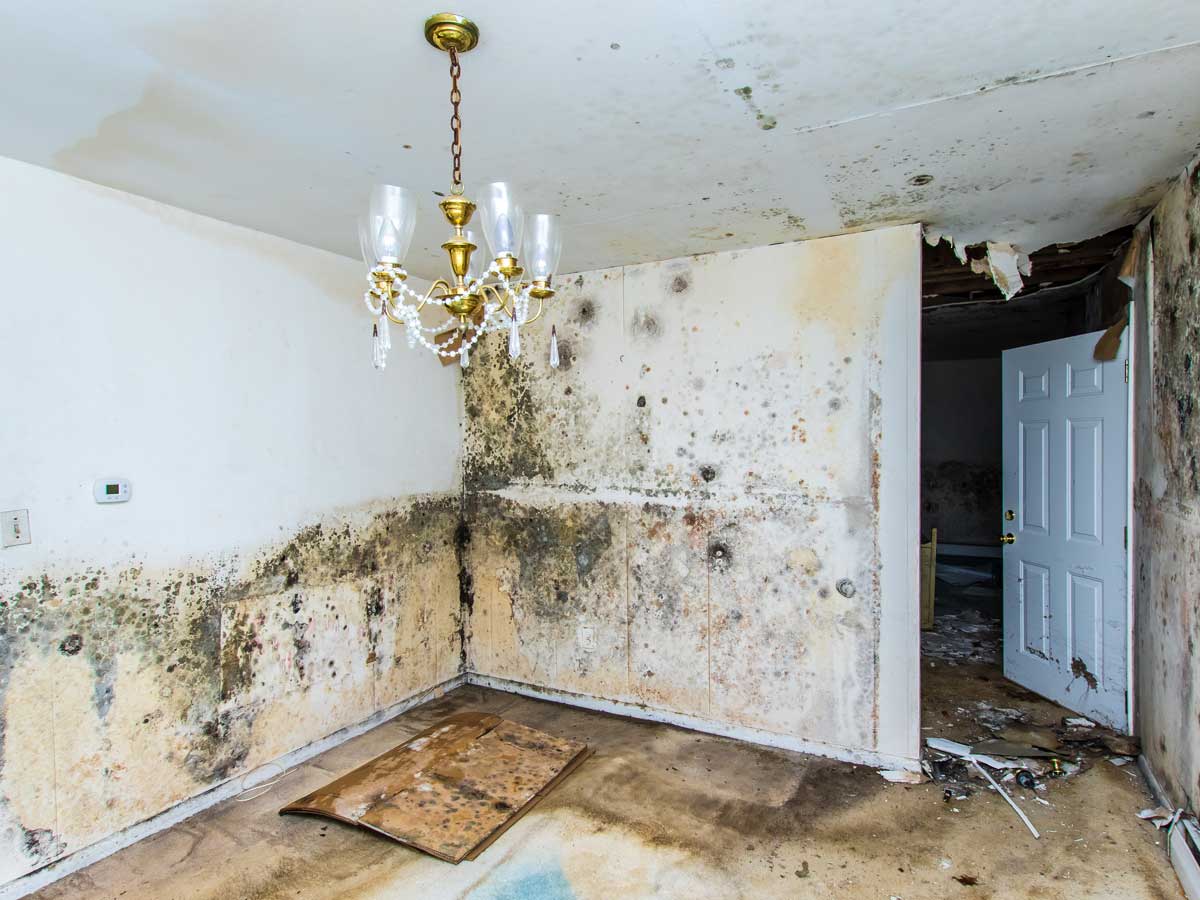Do's & Don'ts of Water Damage.
Do's & Don'ts of Water Damage.
Blog Article
We have unearthed this great article about Fire And Water Damage Prevention down the page on the net and felt it made perfect sense to talk about it with you on this site.

Water provides life, but water invasion on some components where it's not intended to be can result in damage and also hassle. In enhancement, homes with water damages scent old as well as mildewy.
Water can originate from lots of resources like typhoons, floods, burst pipes, leakages, as well as sewage system concerns. If you have water damage, it's better to have a functioning knowledge of safety precautions. Below are a couple of standards on exactly how to handle water damage.
Do Prioritize Home Insurance Coverage
Seasonal water damage can come from floodings, seasonal rainfalls, as well as wind. There is likewise an occurrence of an unexpected flood, whether it came from a defective pipe that instantly ruptures right into your house. To protect your residence, get house insurance policy that covers both acts of God such as all-natural catastrophes, and also emergencies like busted plumbing.
Don't Neglect to Turn Off Energies
When calamity strikes and you remain in a flood-prone location, turn off the major electrical circuit. Shutting off the power protects against
When water comes in as water serves as a conductor, electric shocks. Don't forget to turn off the primary water line shutoff as a method to stop more damages.
If the floodwaters are obtaining high, keep your furniture secure as they can walk around and also trigger additional damages.
Do Keep Proactive and Heed Climate Notifies
Storm floods can be extremely unforeseeable. Stay ready and also proactive at all times if you live in a location plagued by floods. If you live near a body of water like a lake, river, or creek , listen to the information and also discharge cautions. Get your belongings and crucial documents from the very beginning as well as basement, after that put them in a refuge and also the highest possible level.
Do Not Neglect the Roof
Before the climate turns terrible and for the worse, do a roof covering assessment. A far better practice is to have a yearly roofing examination to reduce complicated concerns and future issues. A great roofing without openings as well as leakages can be a great shield against a device as well as the rain to avoid rainfall damage. Your roofer should care for the defective gutters or any other indications of damage or weakening. An assessment will certainly protect against water from streaming down your walls and saturating your ceiling.
Do Pay Attention to Small Leakages
There are red flags that can attract your attention as well as show to you some weakened pipelines in your residence. Signs of red flags in your pipelines consist of gurgling paint, peeling wallpaper, water streaks, water spots, or leaking sounds behind the wall surfaces. Fixing and examine your plumbing repaired prior to it results in enormous damage to your home, financial resources, and a personal problem.
Don't Panic in Case of a Burst Pipeline
Timing is crucial when it comes to water damage. If a pipeline ruptureds in your home, instantly shut off your main water shutoff to reduce off the resource and prevent even more damages. Call a trusted water damages repair specialist for aid.
Water gives life, yet water invasion on some components where it's not expected to be can result in damages and trouble. In enhancement, houses with water damages scent stuffy and old.
Seasonal water damage can come from floods, seasonal rainfalls, as well as wind. Indicators of red flags in your pipelines consist of bubbling paint, peeling off wallpaper, water streaks, water spots, or dripping noises behind the walls. If a pipe bursts in your residence, quickly shut off your main water shutoff to cut off the source as well as avoid even more damage.
Some Do's & Don't When Dealing with a Water Damage
DO:
Make sure the water source has been eliminated. Contact a plumber if needed. Turn off circuit breakers supplying electricity to wet areas and unplug any electronics that are on wet carpet or surfaces Remove small furniture items Remove as much excess water as possible by mopping or blotting; Use WHITE towels to blot wet carpeting Wipe water from wooden furniture after removing anything on it Remove and prop up wet upholstery cushions for even drying (check for any bleeding) Pin up curtains or furniture skirts if needed Place aluminum foil, saucers or wood blocks between furniture legs and wet carpet Turn on air conditioning for maximum drying in winter and open windows in the summer Open any drawers and cabinets affected for complete drying but do not force them open Remove any valuable art objects or paintings to a safe, dry place Open any suitcases or luggage that may have been affected to dry, preferably in sunlight Hang any fur or leather goods to dry at room temperature Punch small holes in sagging ceilings to relieve trapped water (don't forget to place pans beneath!); however, if the ceiling is sagging extremely low, stay out of the room and we'll take care of it DO NOT:
Leave wet fabrics in place; dry them as soon as possible Leave books, magazines or any other colored items on wet carpets or floor Use your household vacuum to remove water Use TV's or other electronics/appliances while standing on wet carpets or floors; especially not on wet concrete floors Turn on ceiling fixtures if the ceiling is wet Turn your heat up, unless instructed otherwise

Hopefully you enjoyed our article on Safety Tips To Prevent Fire And Water Damage. Many thanks for taking a few minutes to read through our content. Liked our article? Please share it. Let somebody else check it out. Thank-you for taking the time to read it.
Report this page